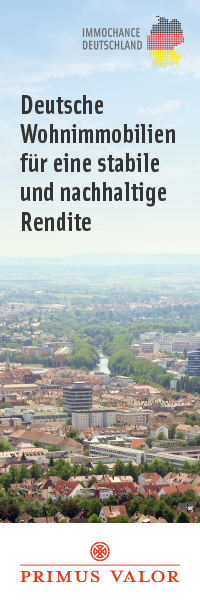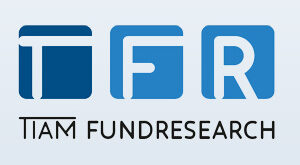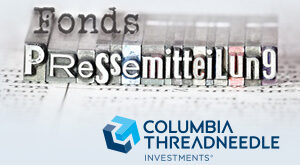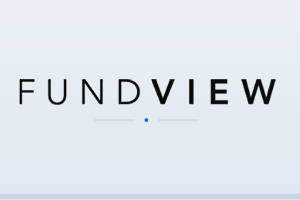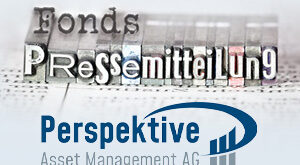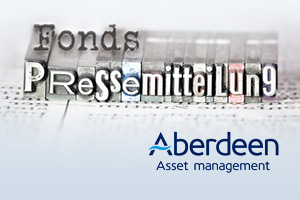 Aberdeen | Frankfurt, 02.12.2015.
Aberdeen | Frankfurt, 02.12.2015.
Sehr geehrte Damen und Herren, „Zuerst kommt die Lockerung. Aber was dann, Mario?“, fragt Neil Murray, Head of Pan-European Fixed Income bei Aberdeen Asset Management in Hinblick auf die morgige EZB-Sitzung. Er hält eine weitere Lockerung der Geldpolitik für wahrscheinlich und die darauf folgenden Trends für gut abschätzbar.
„EZB-Präsident Mario Draghi hat so viele Andeutungen gemacht, dass die Zentralbank mehr tun wird, um die Europäische Wirtschaft weiter zu stimulieren, dass nichts zu tun keine Option mehr darstellt. Doch was könnte in den kommenden Tagen, Wochen und Monaten noch folgen?
Auf der grundlegendsten Ebene betrachtet, bedeutet ein stärkeres QE oder ein Absenken der Zinsen, dass Risikoanlageklassen unterstützt werden und ein Keil zwischen die USA und Europa getrieben wird. Der Euro würde gegenüber dem Dollar weiter abwerten und dies sollte mit der Zeit zur Inflation in der Eurozone führen. Diese Trends sind halbwegs vorhersehbar. Die Gefahr ist jedoch, dass ein unvorhergesehenes Ereignis die allgemeine Sicht auf die Dinge zerschlagen könnte.“
Lesen Sie unten den Original-Kommentar von Neil Murray. Für weitere Informationen oder einen direkten Kontakt stehen wir Ihnen gern zur Verfügung.
Freundliche Grüße,
Andreas Jaensch,
+49 69 94 41 80 15
aberdeen@newmark.de
Aberdeen Asset Management Head of Pan-European Fixed Income Neil Murray
First comes the easing. Then what, Mario?

This Thursday marks another important junction along the bumbling road to European recovery. ECB President Mario Draghi has dropped so many hints that the central bank will do more to stimulate the continent’s economy that doing nothing is almost not an option. It certainly strongly suggests he’s talked his colleagues on the governing council round about the need to do more. The ECB will probably extend its QE programme or cut the interest rate which it charges on deposits.
The aim is to aid the euro zone’s recover and get inflation heading back towards the central bank’s target. But what else might follow in the coming days, weeks and months? At the most basic level, more QE or a cut in interest rates will support risk assets and keeping driving a wedge between the US and Europe. We’ve already seen the European high yield market outperforming the US and that will probably continue. The divergence is already down in no small part to the QE which the ECB has already done and the reality of US interest rates rising imminently. In the same vein, we’ll see more US corporates coming to the European market to issue debt. US companies can take advantage of paying a lower interest rate in Europe, access a wider pool of investors by crossing the Atlantic and flatter their financial results by having euro-denominated debt.
All of this will drive the euro lower against the dollar and should, given time, help stir inflation in the euro zone. These are all reasonably predictable trends though which means that investors will crowd them. The danger is that an unforeseen event knocks the consensus view out of the window.
—
Dr. Andreas Jaensch
Senior Consultant
NewMark Finanzkommunikation GmbH
MAIN TRIANGEL
Zum Laurenburger Hof 76
D – 60594 Frankfurt am Main
Tel: +49 69 94 41 80 15
Fax: +49 69 94 41 80 90
andreas.jaensch@newmark.de <mailto:andreas.jaensch@newmark.de>
http://www.newmark.de <http://www.newmark.de/>
HRB 51511 Amtsgericht Frankfurt am Main / USt-IdNr. DE 813 203 346
Geschäftsführer: Esther Baumann / Andreas Glänzel / Hubertus Väth
NewMark ist Mitglied des globalen Public Relations Netzwerks PR World Alliance (http://prworldalliance.com).

